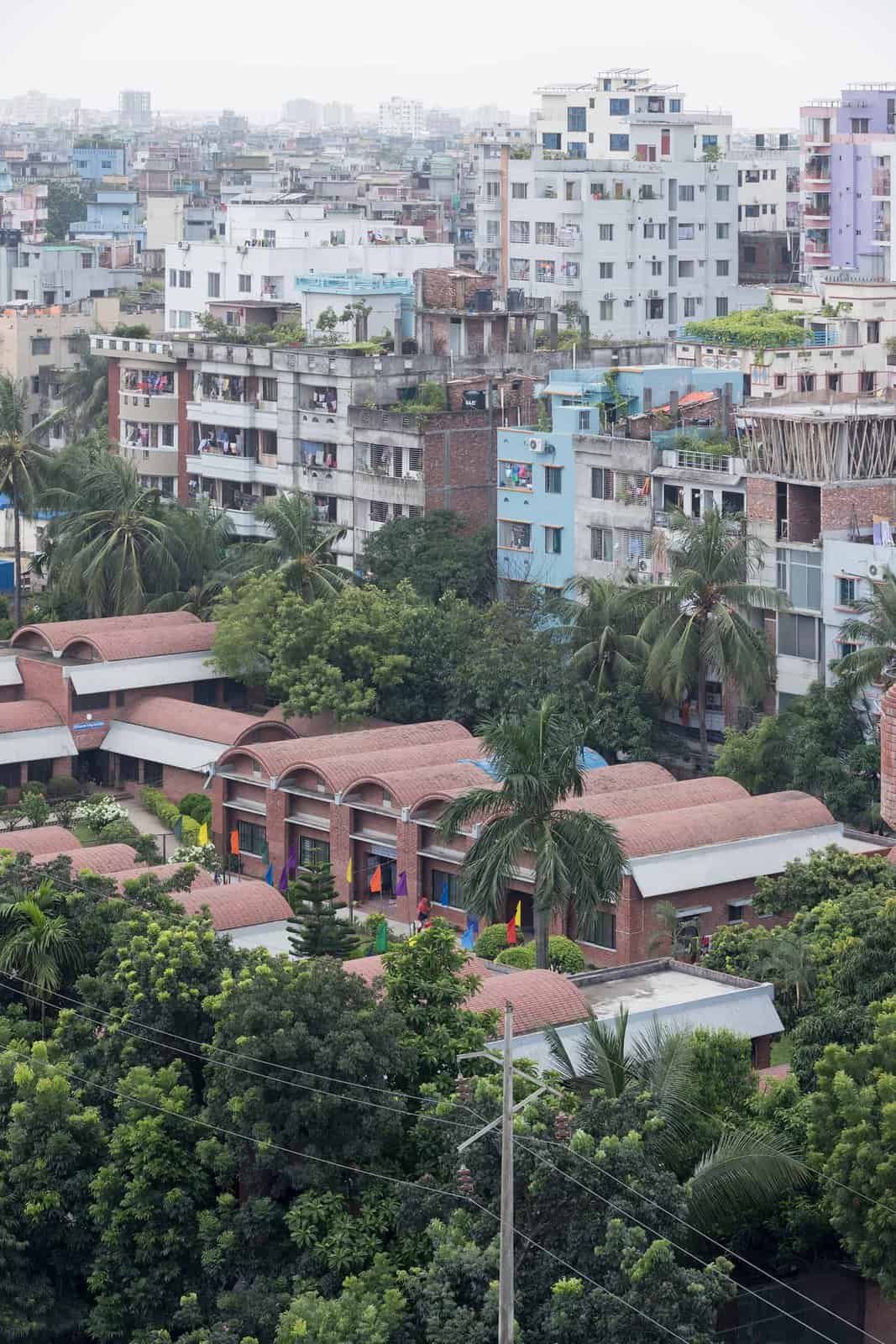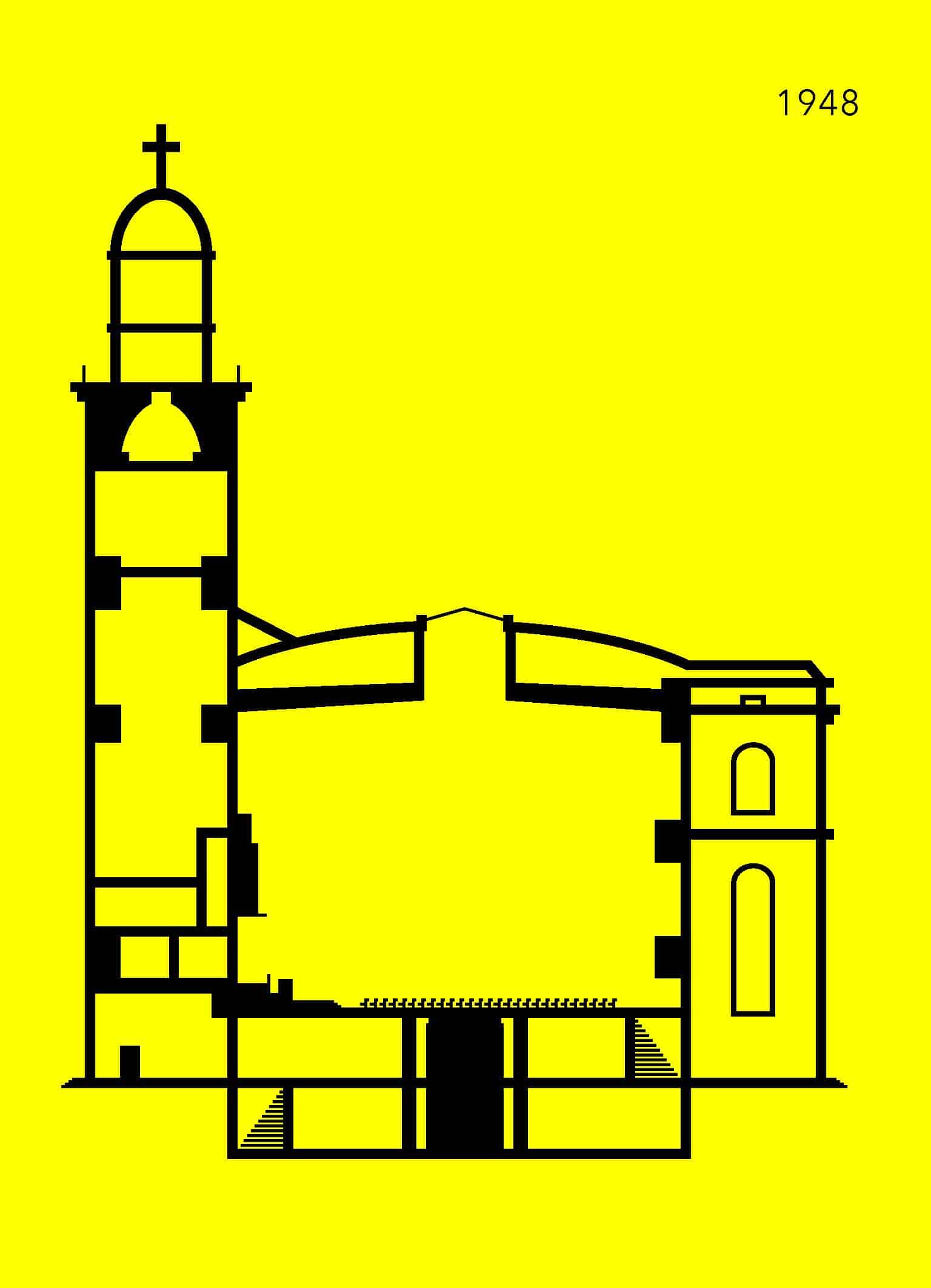-

JOYFUL ARCHITECTURE – EUROPEAN ARCHITECTURAL PHOTOGRAPHY PRIZE ARCHITEKTURBILD 2019
DAM Auditorium Schaumainkai 43, Frankfurt am Main, Hessen, DeutschlandThe European Architectural Photography Prize architekturbild has been awarded every two years since 1995. Since 2003, the award has been bestowed by architekturbild e.v., since 2008 in cooperation with DAM, and since 2016 with a third partner, the Bundesstiftung Baukultur. The competition focuses on the built environment and its photographic and artistic exploration, and always has a predefined motto. The theme for 2019 is “Joyful Architecture”. Normally, architecture is characterized by terms such as utility, urban contextualization, economic feasibility, sustainability, and aesthetics. But we rarely think of architecture as playful amd fun. This year’s prize invited photographers to show their views of joyful architecture — open to many interpretations.
€9 -

BENGAL STREAM – The vibrant architecture Scene of Bangladesh
Deutsches Architekturmuseum (DAM) Schaumainkai 43, Frankfurt / M., HessenExhibition: June 7, 2019 – October 10, 2019Opening: Thu, June 6, 2019, 7 p. m.Bangladesh’s architectural world is masala (Bengali মাসালা) — an intoxicating mixture of contrasts. In the delta region, […]
-

BENGAL STREAM
DAM Erdgeschoss Schaumainkai 43, Frankfurt am Main, Hessen, DeutschlandBangladesh’s architectural world is masala (Bengali মাসালা) — an intoxicating mixture of contrasts. In the delta region, it is not only the boundaries between land and water that are blurred. Past and present merge anew. An enduring witness to this is the architecture, as the exhibition of 60 projects by established and young Bengali architects shows. Bamboo structures from the past meet monumental walls of béton brut, while Bengali latticework ornaments (jali) originally made from brick transform into semitransparent fabric. This oscillation between local and international influences was already apparent in the modern movement in the Ganges Delta. Hence, there are significant traces of Louis I. Kahn to be detected in the oeuvre of local protagonist Muzharul Islam, which can be seen in original drawings.
An exhibition by the S AM Swiss Architecture Museum, in cooperation with the Bengal Institute for Architecture, Landscapes and Settlements, Dhaka.
–
Photo: Iwan Baan€9 -

TREASURES FROM THE ARCHIVE .10
DAM SchaumainkaiAn exhibition of Städelschule Architecture Foundation. The Städelschule Architecture Foundation was established in 2001 by Günter Bock and supports education, arts and culture.
-

Dialogisch-visueller Spaziergang in und um die Paulskirche
Stadtgebiet Frankfurt / M., Hessen, DeutschlandTour accompanying the exhibitions "Joyful Architecture" and "Paulskirche" at the DAM
€25 -

-

STADTplus – Die Stadt + Die Wohnungslosigkeit
DAM SchaumainkaiSpeaker: CHRISTINE HEINRICHS, Frankfurter Verein, Deputy Managing Director, Division leader helps in social emergencies
€7,50 -

International landscape architecture
DAM SchaumainkaiLecture series on the challenges of sustainable urban development
€5 -

Opening: Paulskirche
DAM SchaumainkaiOpening of the exhibition "Paulskirche – A monument under pressure"
-

PAULSKIRCHE – A MONUMENT UNDER PRESSURE
DAM SchaumainkaiIn the hope that Frankfurt would become the new German capital, the Paulskirche was rebuilt as a potential seat for the parliament in 194748, having been severely damaged by bombing raids. For this building task of national importance, the „Paulskirche Planning Committee“ was established, which, besides the prominent church architect Rudolf Schwarz, included his former staff member Johannes Krahn, the winner of an early competition Gottlob Schaupp as well as Municipal Planning Councilor Eugen Blanck. They wanted to “represent an image of the difficult path that our people must walk in this their most bitter hour” and created a deliberately sober space that symbolizes the new democratic era. By now, the Paulskirche has become a ceremonial hall where nationwide debates have their origin. However, its architectural quality is seldom acknowledged. The exhibition outlines the history of its construction and rebuilding from 1786 to today in parallel with the relevant political and social trends. Numerous historical and current photos are displayed, along with design drawings from the DAM’s collection. Particular attention is paid to the renovations in the 1960s and 1980s, which were accompanied by calls for reconstruction of the church to a pre-war state. These are resurfacing today in light of the approaching technical refurbishment.
10 Veranstaltungen found.








